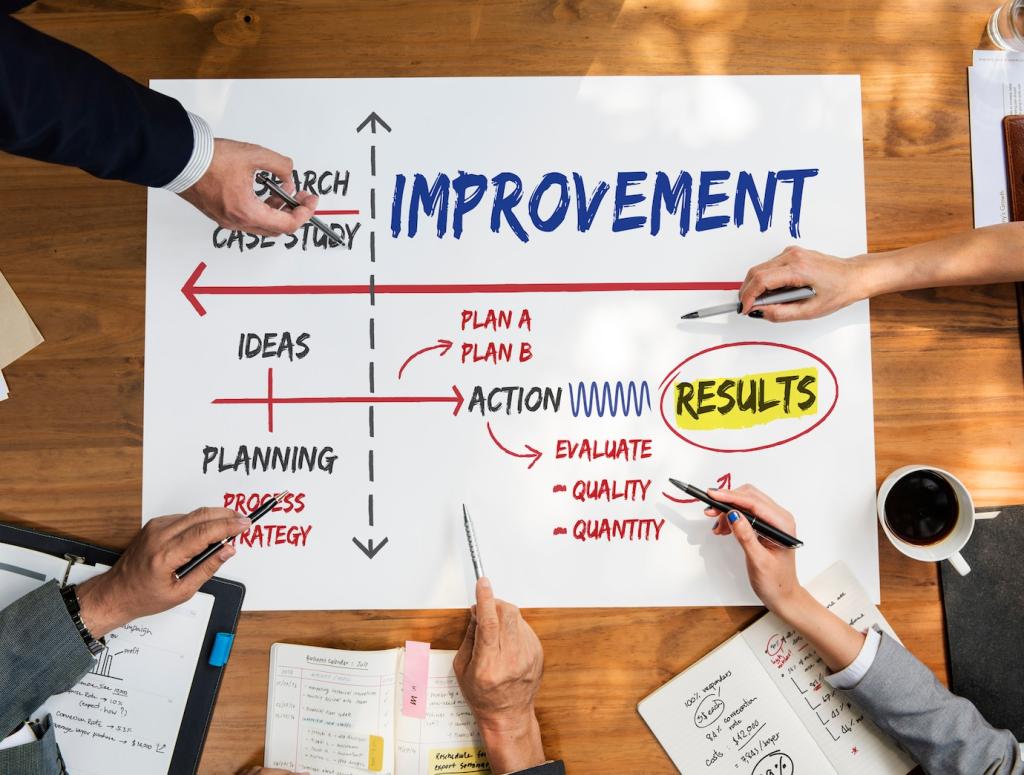Why Prioritization Matters: The Real ROI of Choosing Less
Urgent tasks trigger dopamine and demand attention; important tasks quietly build your future. The Eisenhower Matrix helps you resist urgency bias by sorting actions by lasting impact and time sensitivity. Try it today, then share one task you downgraded and why you chose to protect something more meaningful.
Why Prioritization Matters: The Real ROI of Choosing Less
The Pareto Principle suggests a small fraction of tasks create most outcomes. Ask three questions: Which tasks change the scoreboard? Which are irreversible if delayed? Which unlock other work? Bookmark these prompts and run them weekly. Comment with one high-leverage task you’ll protect this week.
Why Prioritization Matters: The Real ROI of Choosing Less
A four-person team kept slipping deadlines until they axed half their roadmap, set work-in-progress limits, and ranked features by measurable impact. Within one month, cycle time halved and weekends returned. They now review priorities every Friday. What would you cut right now to reclaim your calendar?
Why Prioritization Matters: The Real ROI of Choosing Less
Lorem ipsum dolor sit amet, consectetur adipiscing elit. Ut elit tellus, luctus nec ullamcorper mattis, pulvinar dapibus leo.









